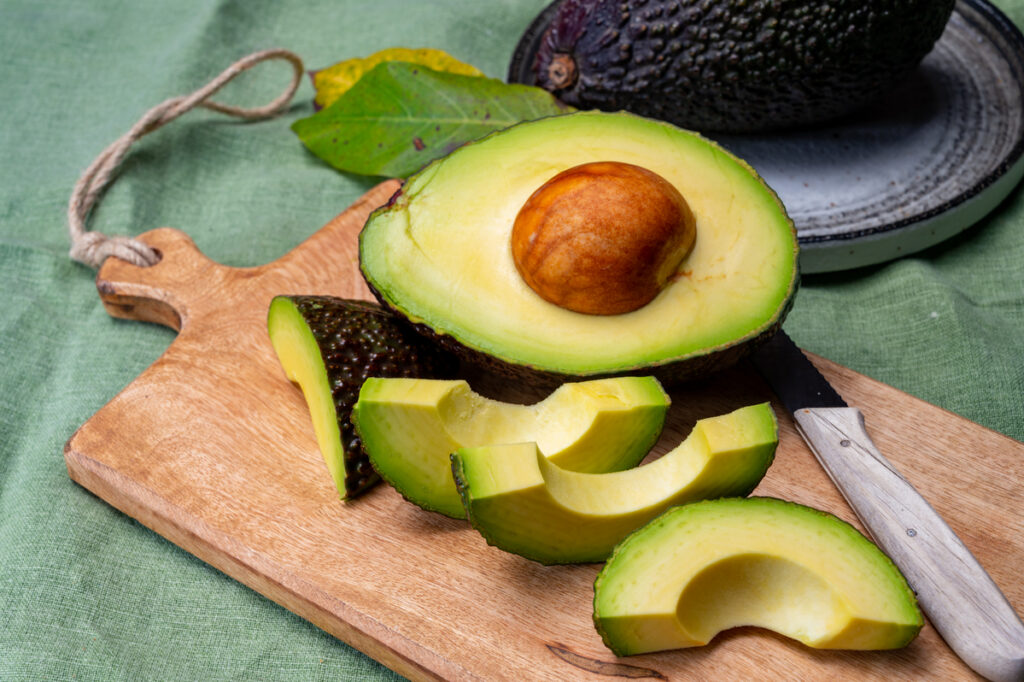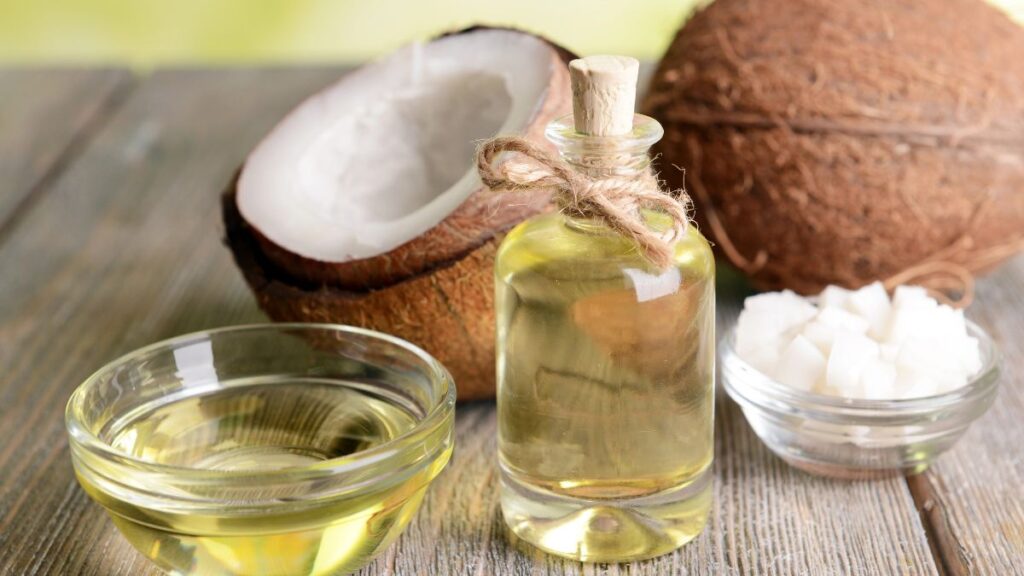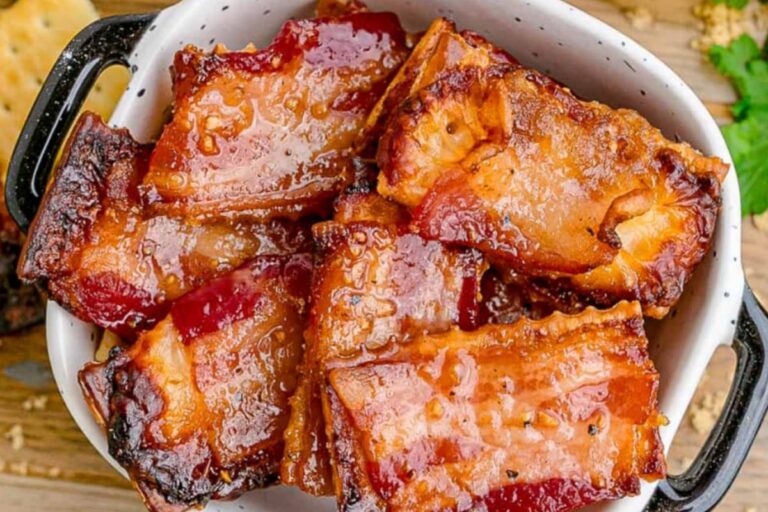15 Secret Ingredients That Make Any Dish Healthier
Eating healthy doesn’t have to be boring or complicated. Sometimes, it’s all about adding a few simple ingredients to your favorite dishes to boost their nutritional value. These secret ingredients can enhance the flavor, add essential nutrients, and make your meals more satisfying. Whether you’re cooking a hearty stew, whipping up a smoothie, or baking a cake, these 15 secret ingredients will make your dishes healthier without sacrificing taste.
Chia Seeds

Chia seeds are tiny but mighty. They are packed with fiber, omega-3 fatty acids, and antioxidants. Adding just a tablespoon of chia seeds to your dishes can help improve digestion and keep you feeling full longer. They work well in smoothies, oatmeal, or even sprinkled on salads. Plus, they don’t have a strong flavor, so they won’t alter the taste of your food. Their gel-like texture when soaked can also be used to thicken soups and sauces.
Turmeric

Turmeric is a vibrant yellow spice that’s often used in curry dishes. It contains curcumin, a powerful antioxidant with anti-inflammatory properties. Adding turmeric to your meals can help reduce inflammation in the body and boost your immune system. It pairs well with vegetables, rice, and even smoothies for a golden twist. A pinch of black pepper alongside turmeric can enhance the absorption of curcumin, making it even more effective.
Greek Yogurt

Greek yogurt is rich in protein, calcium, and probiotics. It can be used as a healthier alternative to sour cream, mayonnaise, or heavy cream in many recipes. Its creamy texture adds richness to dishes without the extra fat. You can mix it into sauces, and soups, or even use it as a base for dips. The probiotics in Greek yogurt also promote gut health, which is essential for overall wellness.
Flaxseeds

Flaxseeds are another excellent source of fiber and omega-3 fatty acids. They have a mild, nutty flavor that blends well into baked goods, smoothies, and even sprinkled on cereal. Ground flaxseeds are easier to digest, allowing your body to absorb the nutrients better. They can also be used as an egg substitute in vegan baking. Just mix one tablespoon of ground flaxseeds with three tablespoons of water and let it sit for a few minutes to create a flax “egg.”
Cacao Nibs

Cacao nibs are small pieces of crushed cacao beans and are a less processed form of chocolate. They are packed with antioxidants, fiber, and magnesium. Unlike regular chocolate, cacao nibs have no added sugar and a slightly bitter taste, making them a healthier alternative. You can sprinkle them on yogurt, or oatmeal, or even use them in baking. Their crunchy texture adds a delightful contrast to sweet dishes, while their rich flavor satisfies chocolate cravings.
Avocado

Avocado is a nutrient-dense fruit that is high in healthy fats, fiber, and vitamins like E and C. It can be added to salads, smoothies, or spread on toast for a creamy, nutritious boost. Avocado’s healthy fats are great for heart health and can help keep you feeling full. It’s also versatile enough to be used in sweet dishes like chocolate mousse or as a replacement for butter in baking. The smooth, rich texture makes any dish more indulgent and satisfying.
Spinach

Spinach is a leafy green that’s low in calories but high in vitamins A, C, and K, as well as iron and calcium. It’s easy to add to almost any dish without overpowering the flavor. Toss it into smoothies, soups, or stir-fries for a nutritional boost. Spinach is particularly good at blending into dishes, so you get the benefits without even noticing it. Cooking it lightly helps retain its nutrients, making it a quick and easy addition to your meals.
Quinoa

Quinoa is a complete protein, meaning it contains all nine essential amino acids your body needs. It’s also high in fiber and gluten-free, making it an excellent grain alternative. Quinoa cooks quickly and can be used in place of rice or pasta in many dishes. Its mild flavor and fluffy texture make it a versatile base for salads, bowls, or as a side dish. Additionally, quinoa’s protein content helps keep you full and energized throughout the day.
Nutritional Yeast

Nutritional yeast is a deactivated yeast that’s often used by vegans as a cheese substitute. It’s rich in B vitamins, including B12, which is important for energy production. It has a cheesy, nutty flavor that works well in sauces, soups, or sprinkled on popcorn. Nutritional yeast is also low in fat and calories, making it a guilt-free way to add flavor. It’s especially useful for those looking to reduce their dairy intake while still enjoying cheesy flavors.
Coconut Oil

Coconut oil is a healthy fat that can be used in cooking, baking, or even in smoothies. It’s known for its ability to increase good cholesterol (HDL) in the body. Coconut oil has a subtle flavor that can enhance both sweet and savory dishes. Use it to sauté vegetables, bake cookies, or even in your coffee for a creamy texture. The medium-chain triglycerides (MCTs) in coconut oil are quickly absorbed and can provide a quick energy boost.
Almond Flour

Almond flour is a gluten-free alternative to regular flour that’s made from finely ground almonds. It’s high in protein, healthy fats, and vitamin E. Almond flour adds a subtle nutty flavor to baked goods and can be used in pancakes, cookies, or breading for meats. Because it’s low in carbs and high in fiber, it’s a popular choice for those following a low-carb or keto diet. It also adds a moist, tender texture to baked goods, making them more satisfying.
Ginger

Ginger is a root known for its anti-inflammatory and digestive benefits. It has a warm, spicy flavor that adds depth to both sweet and savory dishes. You can grate fresh ginger into stir-fries, and soups, or even use it in baking for a zesty kick. Ginger tea is also a soothing remedy for colds or upset stomachs. Including ginger in your diet can help improve digestion and reduce nausea, making it a great addition to any meal.
Walnuts

Walnuts are a crunchy, nutrient-rich nut that’s high in omega-3 fatty acids and antioxidants. They can be added to salads, oatmeal, or baked goods for a healthy crunch. Walnuts are particularly beneficial for heart health and brain function. A small handful can keep you full and satisfied, making them a great snack option as well. Their rich, earthy flavor pairs well with both sweet and savory dishes, adding texture and nutrition.
Apple Cider Vinegar

Apple cider vinegar is a popular ingredient known for its potential health benefits, including aiding digestion and stabilizing blood sugar levels. It has a tangy flavor that works well in salad dressings, marinades, or even in beverages. A small amount can add a refreshing tartness to dishes while also promoting a healthy gut. Some people also use it as a natural remedy for colds or to boost metabolism. Just be sure to dilute it before consuming, as it’s very acidic.
Berries

Berries like blueberries, strawberries, and raspberries are low in calories but high in vitamins, fiber, and antioxidants. They add natural sweetness to dishes without the need for added sugar. You can mix them into yogurt, oatmeal, or salads for a burst of flavor and color. Berries are also great for snacking or baking, adding both nutrition and taste. Their high antioxidant content helps protect your body from damage caused by free radicals, promoting overall health.
15 Practical Ways to Save Money During Retirement

Entering retirement doesn’t have to mean giving up a comfortable lifestyle. With strategic planning and simple adjustments, it’s possible to make the most of your retirement income and enjoy a financially secure life.
15 Practical Ways to Save Money During Retirement
15 Foods Only The Wealthy and Elite Can Eat Now

Culinary trends are constantly evolving, and some foods have become more than just sustenance—they’ve become status symbols reserved for the elite.







